Table of Contents
Introduction to the Mulato Chili
Mulato chili is a dried variety of the poblano pepper, known for its deep, smoky flavor with hints of chocolate and coffee. It has a mild heat level of 1,000-1,500 Scoville units, making it perfect for adding complexity to dishes without overwhelming spice. Commonly used in Mexican mole sauces, stews, and traditional recipes, the mulato chili is a versatile spice for any kitchen.
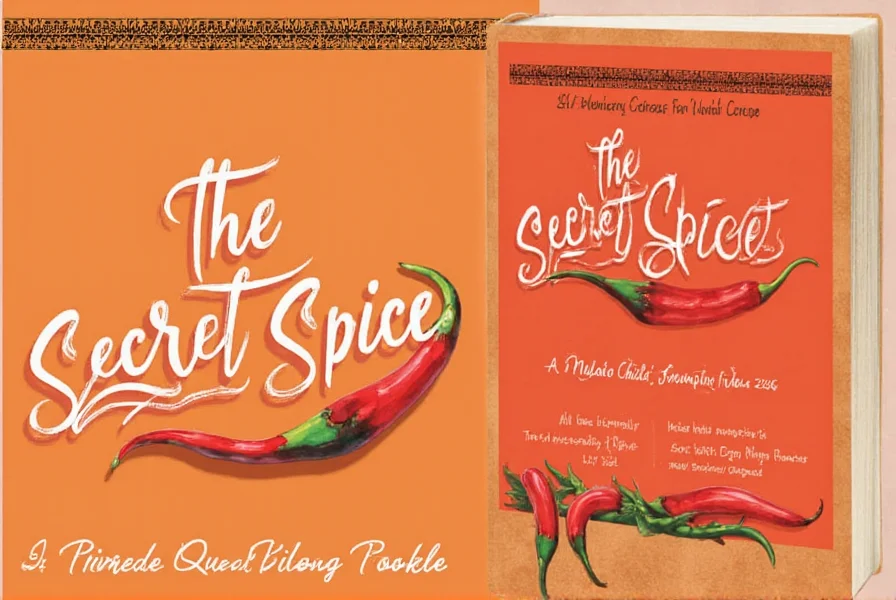
Native to Mexico, the mulato chili is a dried version of the poblano pepper. It's known for its complex flavor profile that combines smoky, sweet, and slightly spicy notes. The name 'mulato' translates to 'mestizo' in Spanish, which refers to the blend of flavors and cultures found in this unique spice.
Flavor Profile and Heat Level
If you're looking for a chili that adds depth without overwhelming your palate, the mulato chili is your go-to choice. Let's break down its flavor and heat level:
- Flavor: Smoky, earthy, and slightly sweet with hints of chocolate and coffee.
- Heat Level: Mild, ranging from 1,000 to 1,500 Scoville units—comparable to a bell pepper but with a bit more kick.

This makes it perfect for dishes where you want a subtle warmth without burning your mouth. Whether you're making a rich mole sauce or a smoky stew, the mulato chili can add that special touch of complexity.
Cooking Tips with Mulato Chili
Now that you know what the mulato chili is all about, let's talk about how to use it in your cooking. Here are some practical tips to get the most out of this versatile spice:
- Toast before using: Toasting the chili enhances its smoky flavor. You can do this on a dry pan or under the broiler.
- Soak to soften: If you're using whole chilies, soak them in hot water for 20-30 minutes to rehydrate them before chopping or pureeing.
- Pair with rich ingredients: The mulato chili pairs well with dark chocolate, coffee, and other robust flavors. Think mole sauces, stews, and even desserts.
- Use in moderation: Since it's mild, you don't need a lot to make an impact. Start with a small amount and adjust to taste.
- Experiment with blends: Try mixing it with other chilies like ancho or chipotle for a deeper, more complex flavor.
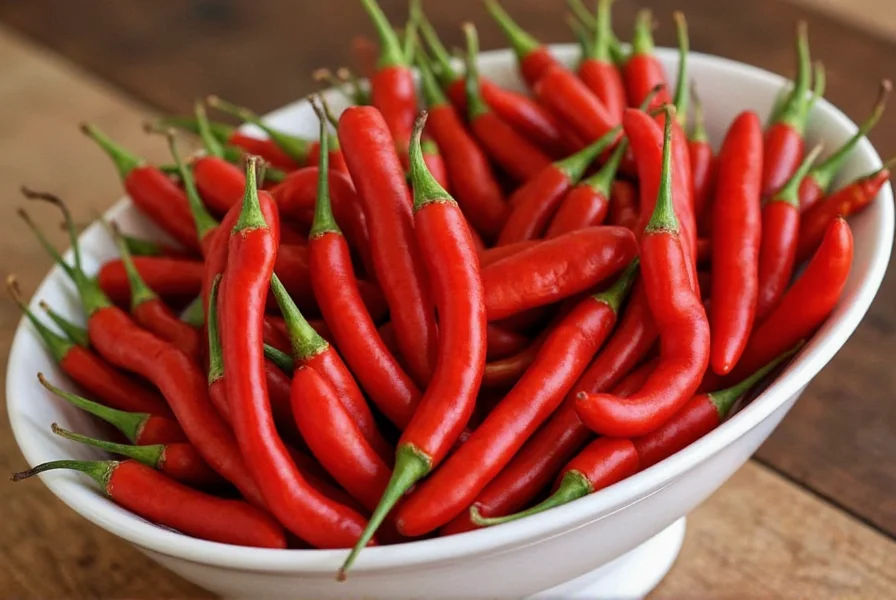
These tips will help you unlock the full potential of the mulato chili in your kitchen. Don't be afraid to play around with it—it's a flexible spice that can elevate many different dishes.
Buying Guide: How to Choose the Best Mulato Chili
Key Features to Look For
- Appearance: Look for plump, evenly colored chilies with no signs of mold or discoloration.
- Smell: A fresh, smoky aroma is a good sign. Avoid chilies that smell musty or stale.
- Texture: They should be dry but not brittle. Moisture can lead to spoilage.
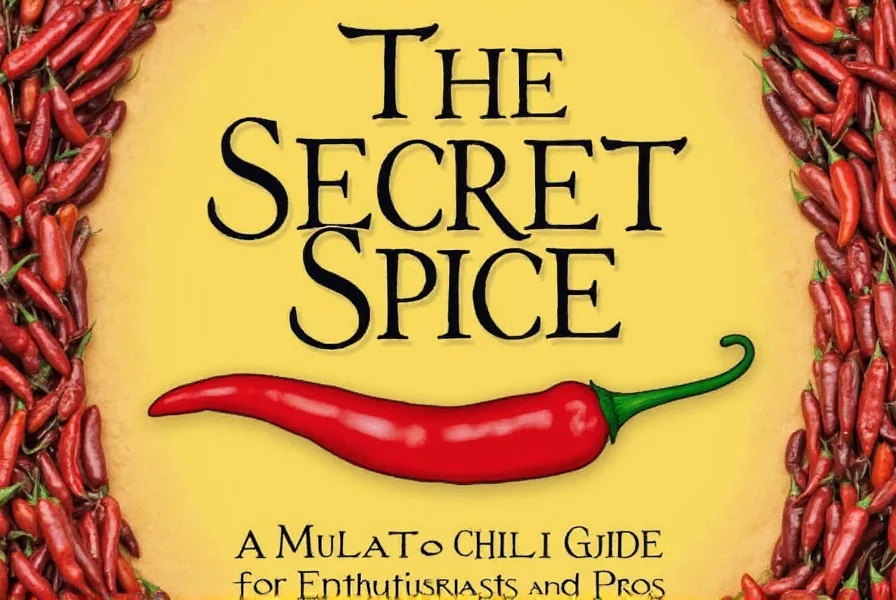
Recommended Products
| Product | Features | Best For |
|---|---|---|
| MexiSpice Mulato Chili | High-quality, sun-dried chilies with a rich flavor | Cooking traditional Mexican dishes |
| SpiceMaster Premium Mulato | Organic, non-GMO, and sustainably sourced | Health-conscious cooks and gourmet chefs |
| GlobalChillies Mulato | Ready-to-use powder with consistent heat and flavor | Quick recipes and everyday cooking |
Each product has its own unique benefits, so choose based on your cooking style and preferences. If you're looking for a versatile option, the Spicemaster Premium Mulato is a great choice.
Comparison: Mulato vs. Other Chilies
To truly understand the value of the mulato chili, it helps to compare it with other popular chilies. Here's a quick comparison table:
| Chili | Heat Level (Scoville) | Flavor Profile | Best Uses |
|---|---|---|---|
| Mulato | 1,000–1,500 | Smoky, sweet, slightly bitter | Mole sauces, stews, soups |
| Ancho | 1,000–1,500 | Earthy, sweet, fruity | Chili con carne, enchiladas, salsas |
| Chipotle | 2,500–8,000 | Smoky, tangy, spicy | Stews, sauces, grilled meats |
| Poblano | 1,000–1,500 | Earthy, mild, slightly sweet | Stuffed peppers, salsas, fajitas |
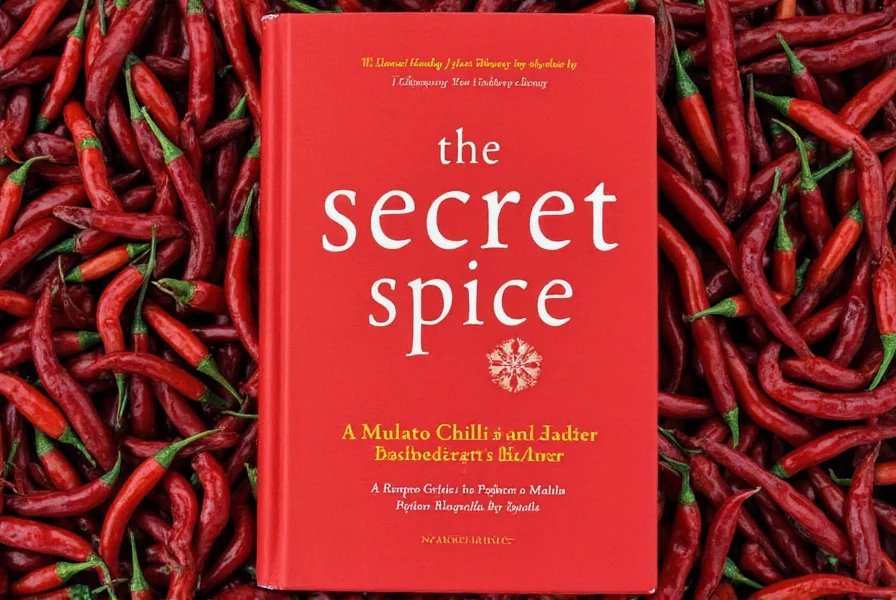
As you can see, the mulato chili is similar to the ancho and poblano in terms of heat and flavor, but it stands out with its unique smoky and slightly bitter notes. This makes it ideal for dishes that require a deep, layered flavor without too much heat.
Frequently Asked Questions
What is the difference between mulato and ancho chilies?
While both come from the poblano pepper, they're dried at different stages. Mulato chilies are made from fully ripe, red poblano peppers that have been left to mature longer, giving them a darker color and richer, more complex flavor with chocolate notes. Ancho chilies are made from poblano peppers that are dried when they're still greenish-red. Mulatos tend to be slightly sweeter and smokier with a more pronounced chocolate flavor.
Can I substitute mulato chili if I can't find it?
Yes, but with some flavor differences. The closest substitute is ancho chili, though it lacks the deeper chocolate notes. For traditional mole recipes where mulato is essential, try combining ancho chili with a small amount of chipotle for smokiness and a touch of unsweetened cocoa powder for the chocolate notes. Guajillo chilies can also work in some applications but have a brighter, fruitier flavor.
How should I store mulato chilies to maintain freshness?
Store dried mulato chilies in an airtight container in a cool, dark place. Properly stored, they'll maintain their flavor for 6-12 months. For longer storage, keep them in the freezer where they can last up to 2 years. Make sure they're completely dry before storing to prevent mold. If you've ground them into powder, they'll lose potency faster—use within 3-6 months for best flavor.
Is mulato chili really as mild as the article suggests?
Yes, mulato chili is genuinely mild compared to many other chilies, registering between 1,000-1,500 Scoville units. For reference, this is similar to poblano peppers and significantly milder than jalapeños (2,500-8,000 SHU). The "heat" in mulato is more of a warm background note rather than a burning sensation. However, heat levels can vary slightly between crops, so always taste a small amount first if you're particularly sensitive to spice.
What traditional Mexican dishes feature mulato chili prominently?
Mulato chili is a key ingredient in traditional Mexican mole sauces, particularly mole poblano and mole negro. It's also commonly used in pipián (a pumpkin seed sauce), certain adobo preparations, and rich stews like cochinita pibil. In Oaxacan cuisine, it's often used in black mole and other complex sauce preparations where its deep, smoky-sweet flavor can shine through.
Can I grow mulato chilies at home?
Technically, you grow poblano peppers and then let them fully ripen to red before drying them to make mulato chilies. Poblanos are relatively easy to grow in warm climates with a long growing season. They need full sun, well-draining soil, and regular watering. The key difference is that for mulatos, you must allow the peppers to fully ripen on the plant until they turn deep red (rather than harvesting them green for fresh poblanos), then dry them thoroughly.
Conclusion
In summary, the mulato chili is a versatile and flavorful spice that can elevate your cooking in countless ways. From its rich, smoky flavor to its mild heat, it's a must-have for any spice enthusiast or professional chef. Whether you're making a traditional mole sauce or experimenting with new recipes, the mulato chili offers something special.
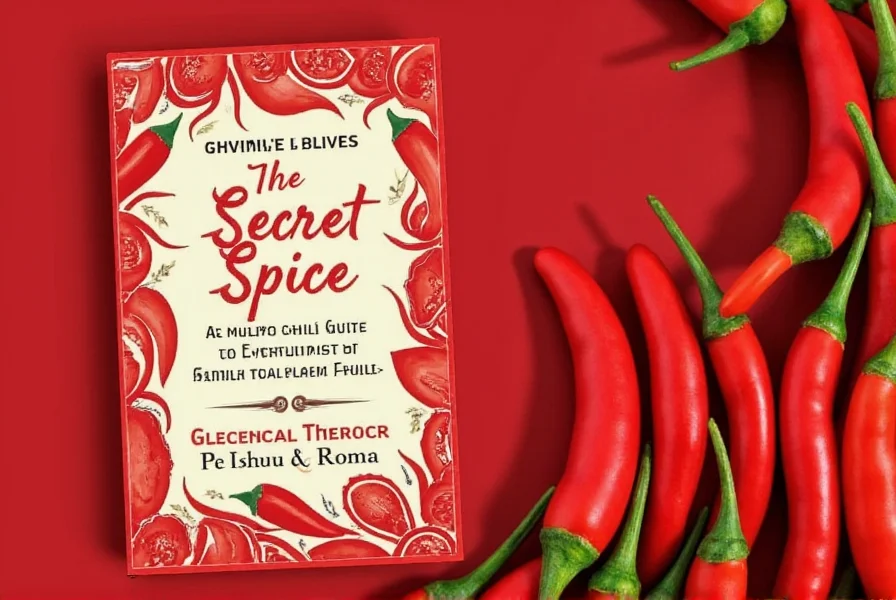
Remember, the key to using the mulato chili is to start with a small amount and build up to your desired flavor. With the right approach, you'll find that this chili can transform your dishes into something truly memorable.
The mulato chili is more than just a spice—it's a bridge between tradition and innovation, adding depth and character to every dish it touches.











 浙公网安备
33010002000092号
浙公网安备
33010002000092号 浙B2-20120091-4
浙B2-20120091-4